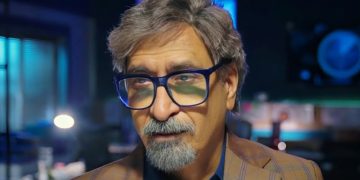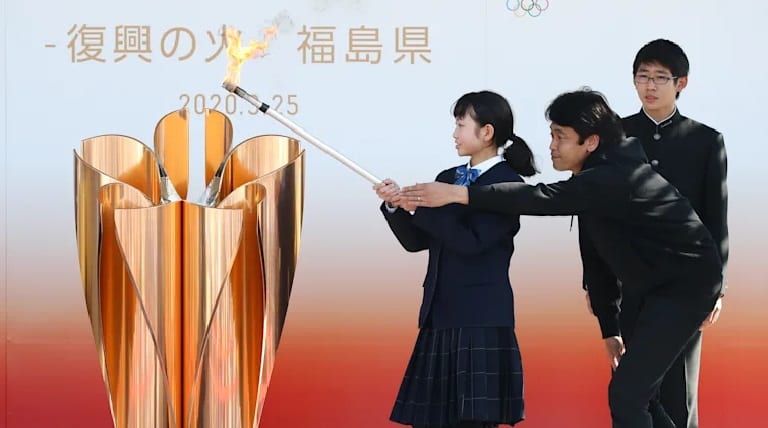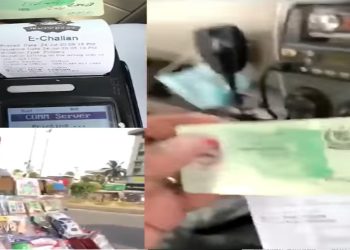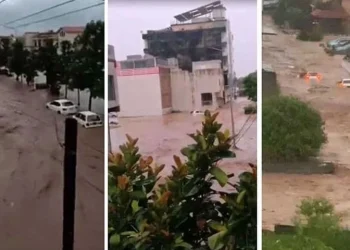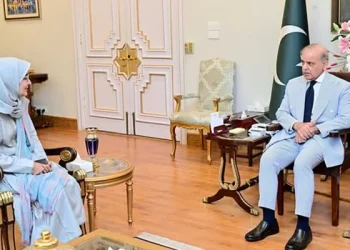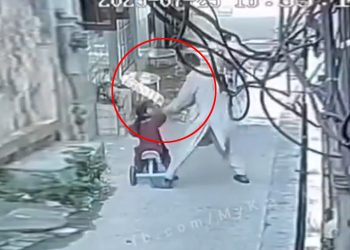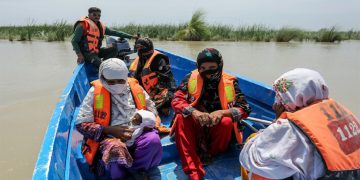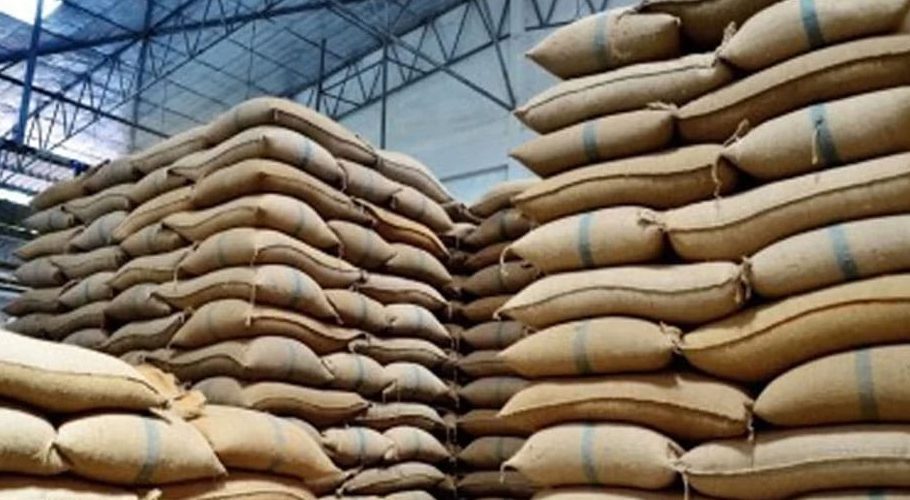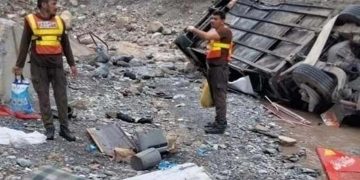TOKYO: The Tokyo Olympics torch relay kicked off on Thursday, a year late and without spectators, marking a major step towards the start of the games on July 23 this year.
The rose-gold, cherry blossom-shaped Olympic torch was lit at the J-Village sports complex in Fukushima, which served as a base for operations responding to the 2011 nuclear disaster.
Speaking at the launch ceremony, Tokyo 2020 chief Seiko Hashimoto said she hoped the Olympic flame would serve as “a ray of light at the end of the darkness”. “This little flame never lost hope and it waited for this day like a cherry blossom bud just about to bloom,” she added.
The nationwide relay will be vastly different from previous editions, with spectators banned from cheering and kept away from the launch and first leg over coronavirus concerns.
Fans will be able to line the route and clap as the flame traverses the country, borne by 10,000 runners and passing through all 47 prefectures before arriving at Tokyo’s National Stadium for the July 23 opening ceremony. However, parts of the relay could be suspended if too many spectators gather in one place, and masks are mandatory for onlookers.
Organisers were making final preparations for the relay last year when the coronavirus prompted the historic decision to postpone the Games, as sport around the world came to a halt.
READ MORE: International spectators barred from Tokyo Olympics
A year on, the pandemic is still in full swing despite vaccine rollouts, and organisers are battling public scepticism in Japan about holding the Olympics. With overseas spectators barred from the Games and limits likely on domestic fans, the relay is seen as a vital opportunity to build enthusiasm.
“The torch relay is intended to communicate that the Olympic Games will take place,” Tokyo 2020 CEO Toshiro Muto told reporters this week. “It makes people feel that the Games are about to start — that’s the nature of the torch relay.”
The relay launch will put the spotlight back on the region affected by the 2011 quake, tsunami and nuclear disaster.
The Games were initially billed as the “Recovery Olympics”, showcasing reconstruction in the northeastern region of Tohoku that was devastated by the quake, tsunami and nuclear meltdown a decade ago.
The pandemic has overshadowed that message, but Fukushima’s torchbearers hope the relay will still shine a positive light on the area. The relay will pass through some towns that remain only partially open to the public, as decontamination continues in radiation-affected areas.
The relay will take a circuitous route, first heading south to the islands of Okinawa before reversing course for the northern region of Hokkaido and finally back to Tokyo.
The flame will pass landmarks including Mount Fuji and the Hiroshima City Peace Memorial Park. However, there are still challenges ahead for organisers. Several dozen torchbearers have dropped out, citing issues including scheduling conflicts and concerns about the coronavirus.
Officials from one region have warned they might cancel the relay there if virus countermeasures aren’t improved but organisers are hopeful the event will offer respite after a difficult year. “

